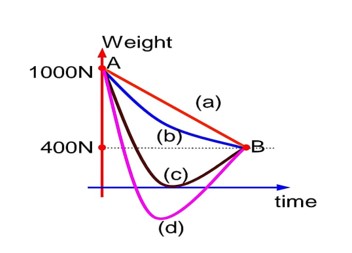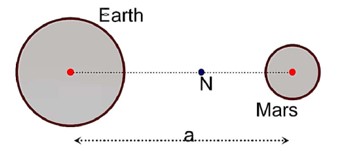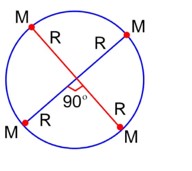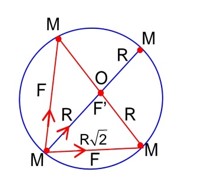Physics Gravitation
Get insights from 160 questions on Physics Gravitation, answered by students, alumni, and experts. You may also ask and answer any question you like about Physics Gravitation
Follow Ask QuestionQuestions
Discussions
Active Users
Followers
New answer posted
3 months agoContributor-Level 10
W1 = 1000 N ->Weight of person at surface of earth W2 = 400 N Þ Weight of person at surface of Mars. There will be a neutral point -N where weight will be zero because at this point net gravitational field due to earth and mars is zero.
New answer posted
3 months agoContributor-Level 10
Since binary mass system performs circular motion about is common centre of mass, so
Similarly we can show that
Hence their angular velocity will be same, time period will be same, i.e. TA = TB
New answer posted
3 months agoContributor-Level 10
Time period of Satellite = T =
The percentage difference in the time periods of the two satellites =
= (0.03) * 100 = 3%
New answer posted
3 months agoContributor-Level 10
For A satellite T1 = 1hour
for B satellite T2 = 8 hour
given R1 = 2 * 103 Km
Relative
x = 3
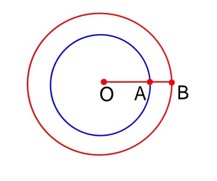
New answer posted
3 months agoContributor-Level 10
Acceleration due to gravity at r distance above the surface =
Acceleration due to gravity at r distance below the surface =
So, ratio =
Taking an Exam? Selecting a College?
Get authentic answers from experts, students and alumni that you won't find anywhere else
Sign Up on ShikshaOn Shiksha, get access to
- 65k Colleges
- 1.2k Exams
- 679k Reviews
- 1800k Answers

